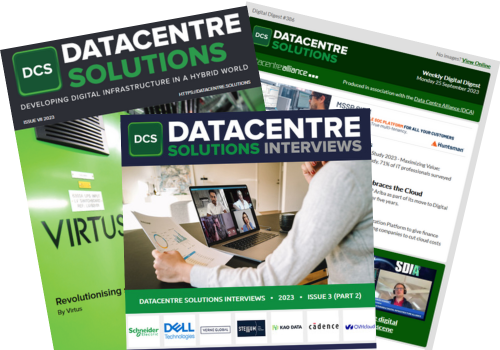A new breed of high-performance IT service management (ITSM) solutions can deliver 80 per cent of the functionality of tools from the more established names, but at only 20 per cent of the cost.
As enterprises regroup after the pandemic and take a fresh look at costs, they need fresh ITSM toolsets to adapt to the changing models of work. Hybrid and remote working look as though they are here to stay, placing new demands on IT departments which must cope with a more extensive infrastructure and added requirements for greater integration with supply chain partners.
Many enterprises, however, will continue to rely on the same familiar names in the ITSM software industry. They will buy software that has masses of functionality which their IT departments never fully utilise and which performs poorly when organisations seek closer integration with partners’ systems. Research has found that 40 per cent of enterprises have ITSM solutions that remain on the shelf. Many organisations repeatedly pay for software with multiple bells and whistles when what they really need is something sleeker and more purposeful that fits in with how the business world is changing.
Time for businesses to reassess what they need from ITSM
These changes in business practice – the growth of hybrid working and the increasing interconnectedness of supply chains – demand organisations have the most efficient and cost-effective management of software, hardware, devices and networks available. It is why businesses should reassess how much of their current ITSM software they use and then form a detailed view of what they need, using ITIL IT service management framework checklists or templates as guides. The list of modules an enterprise could implement is long, but the reality is many will never be required. For example, availability management, capacity management, event management and finance management are offered in solutions by the industry’s big names, but enterprises seldom use them.
Focus on integration with supply chain partners for organisational agility
As organisations refocus after Covid, speed of innovation, agility and supply chain integration will be vital attributes, built in large measure on interoperability with suppliers’ and partners’ systems. A large organisation may have thousands of suppliers in different corners of the globe, so integrating with their ITSM systems should be simple, following one of the SIAM (Service Integration and Management) models.
With established platforms this tends to be clunky and less than intuitive. Newer platforms, by contrast have pre-packaged integrations that plug into a supplier, enabling IT to on-board and off-board partners, suppliers and outsourcers quickly. Plug-in integrations allow tickets relating to printer interfaces or server provisioning to pass swiftly between different organisations in the supply chain without anyone dropping the baton.
The newer, sleeker solutions are also easy to implement. Vendor-agnostic implementers can swiftly knit together new solutions with existing tools IT professionals want to retain, providing a customised platform that fits the desired purpose. This can take just months, whereas platforms from high profile vendors typically require two or three years to achieve full implementation in a large organisation.
It is also much easier to add on functionality relating to HR, facilities or legal. The newer solutions accommodate the need for confidentiality and segmentation of sensitive data, which is especially important when dealing with outsourcers.
Flexible ITSM pricing better suited to today’s businesses
A boardroom may ask how this software can be available at much lower cost than the higher profile brands. In many cases, it is because the disruptor companies have very different pricing models that are far more flexible. Some spend only a fraction on sales and marketing compared with the big-name vendors. A vendor such as 4me, for example, expands revenues by increasing its market share through the network effect, rather than by ramping up fees or through heavy expenditure on marketing.
Independent advice makes choosing a new ITSM vendor easier and more effective
It is worth remarking that many of the newer companies have outstanding track records. The global technology consultancy Gartner1 places newer vendors at the top of the ITSM list for customer choice, as revealed in testimonials.
With such a wide field of new ITSM software providers, selecting the right solution may seem difficult. This is best achieved through a vendor-independent implementer not involved in sales-driven contractual arrangements. This is more transparent and avoids the pitfalls of the standardised one-size-fits-all approach, but without over-elaborate and unnecessary customisation. Independent implementers are also more likely to be honest when clients propose sub-optimal integrations or combinations of tools.
Experience in implementation also counts for a great deal, even with the newer solutions that have plug-in integrations. Enterprises that require enhanced employee self-service functionality or automation in their ITSM platform, for example, can easily run into difficulties with data management. And in every organisation undergoing change there are cultural barriers to overcome. An experienced implementer with organisational knowledge, as well as technology know-how is more likely to spot such problems and resolve them before they develop.
Boardrooms may hesitate to switch from a well-known vendor, but they cannot ignore the fact they are in all likelihood paying much more than they need for solutions that are either overladen with functionality or far from best-of-breed in the post-Covid landscape.
It is important, therefore, that they seek the most objective and expert advice available so their organisation benefits from new approaches that will save huge amounts of cost and provide them with greater agility and efficiency.
1 https://www.gartner.com/reviews/market/it-service-management-tools








